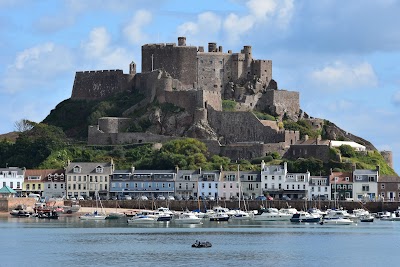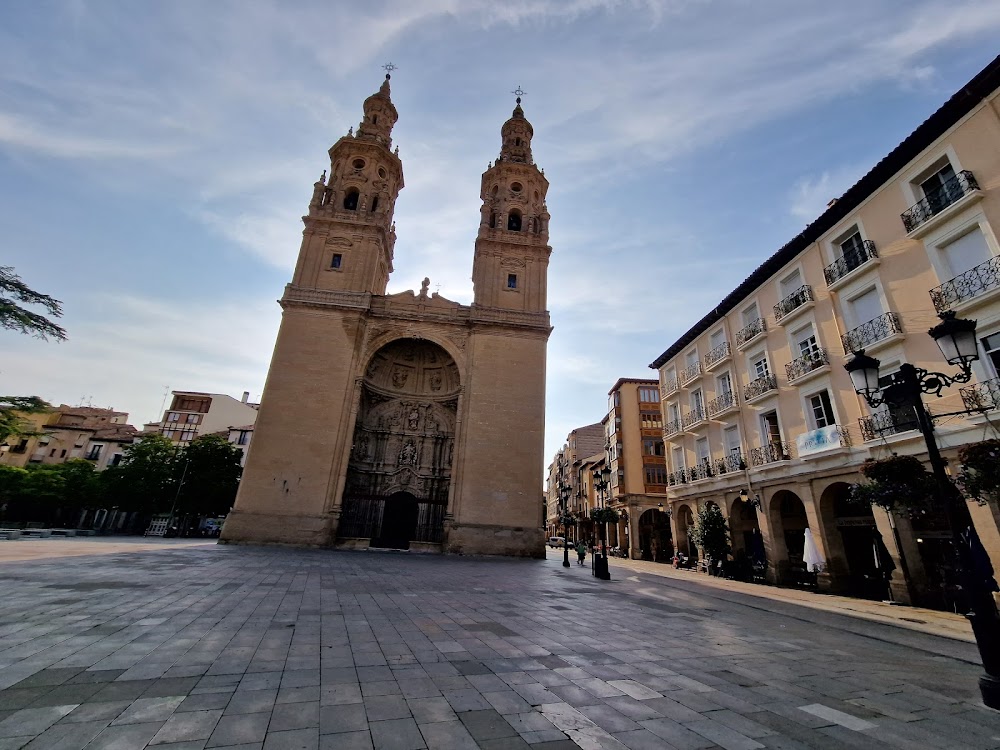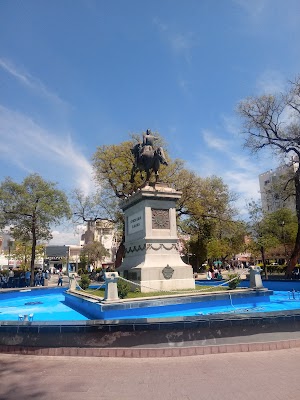San Millán Yuso Monastery (Monasterio de Yuso)
Overview
The Monastery of San Millán de Yuso, located in the picturesque region of La Rioja, Spain, is a remarkable historical and architectural gem. Contrary to any misconceptions, this stunning site is not situated in Jersey, but rather nestled in the serene valley of the River Cárdenas. With origins that stretch back to the 11th century, the monastery is an integral part of Spain's rich cultural heritage and history.
Construction of the San Millán de Yuso Monastery began in 1053 under the guidance of King García Sánchez III of Navarra. It was created to house the revered relics of Saint Millán, a hermit who lived in the area during the 6th century. Interestingly, Yuso Monastery is located near the older Monastery of San Millán de Suso, founded in the 6th century on a nearby hill. The names "Yuso" and "Suso" translate to "lower" and "upper," respectively, indicating their positions in the valley.
The architectural style of the Yuso Monastery is primarily Romanesque, yet it showcases a variety of influences from subsequent renovations and expansions. Among its most striking features is the grand facade, which elegantly combines late Gothic and Renaissance elements. Inside, the monastery captivates visitors with a magnificent Baroque altarpiece and an ornately designed choir, presenting a feast for the eyes and a deep sense of history.
One of the monastery's most significant treasures is its library and archive, which houses a vast collection of medieval manuscripts and codices. Among these invaluable artifacts are the Glosas Emilianenses, the earliest written examples of the Spanish and Basque languages. These glosses played a crucial role in transitioning these predominantly oral languages into written forms, offering scholars profound insights into Spain's linguistic history.
The craftsmanship of the monastic community is nothing short of extraordinary. The monks not only committed themselves to spiritual duties but were also skilled artisans. Their craftsmanship is evident in the intricate ironwork adorning doors and windows, as well as in the beautifully crafted reliquaries that protect the relics of saints. These details reflect the monks' dedication to both their faith and their craft.
In the 16th century, the monastery underwent significant developments, thanks to the financial support of King Philip II of Spain. This period saw the construction of a cloister, a pharmacy, and various essential facilities. The cloister, with its elegant arches and tranquil courtyard, became a hub for the monks' contemplative life and intellectual pursuits, fostering a vibrant monastic community.
The pharmacy of Yuso Monastery is especially noteworthy, regarded as one of the finest monastic pharmacies of its time. It boasted an impressive collection of medicinal herbs and potions that served both the monks and the local community. The practitioners here skillfully combined ancient herbal knowledge with empirical observations, making significant contributions to the field of herbal medicine.
Throughout the centuries, the Monastery of San Millán de Yuso has experienced periods of decline and restoration. Wars, political upheavals, and economic changes have posed challenges to its survival, yet it has always managed to rebound, thanks to the unwavering dedication of the monastic community and the support of those who appreciate its historical significance. In 1997, UNESCO recognized the immense cultural and historical value of both the San Millán de Yuso and Suso monasteries by designating them as World Heritage Sites.
Today, the Monastery of San Millán de Yuso stands as a testament to the enduring spirit of monastic life and the intricate tapestry of Spanish medieval history. Visitors are invited to explore its hallowed halls, admire its architectural beauty, and delve into the manuscripts that laid the foundation for the written Spanish language. This remarkable site continues to inspire and educate, bridging the past with the present in the tranquil surroundings of La Rioja.



